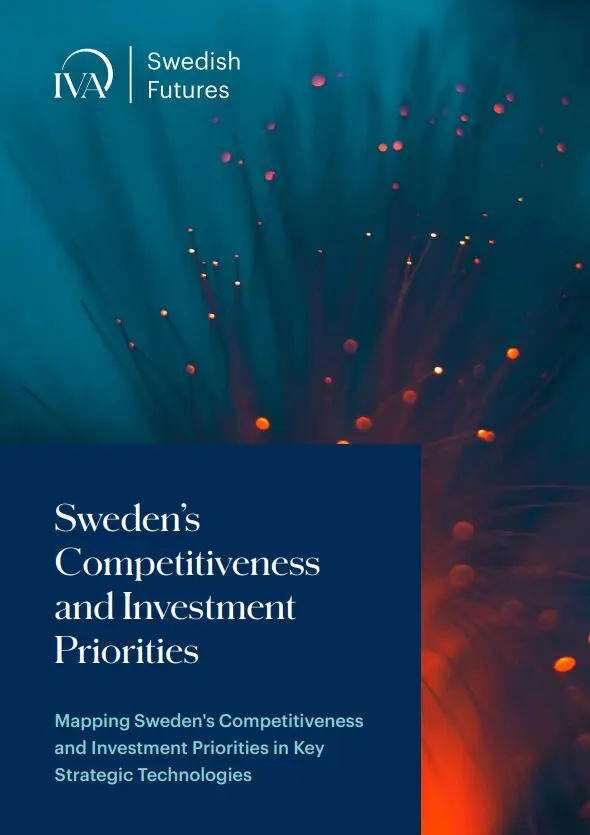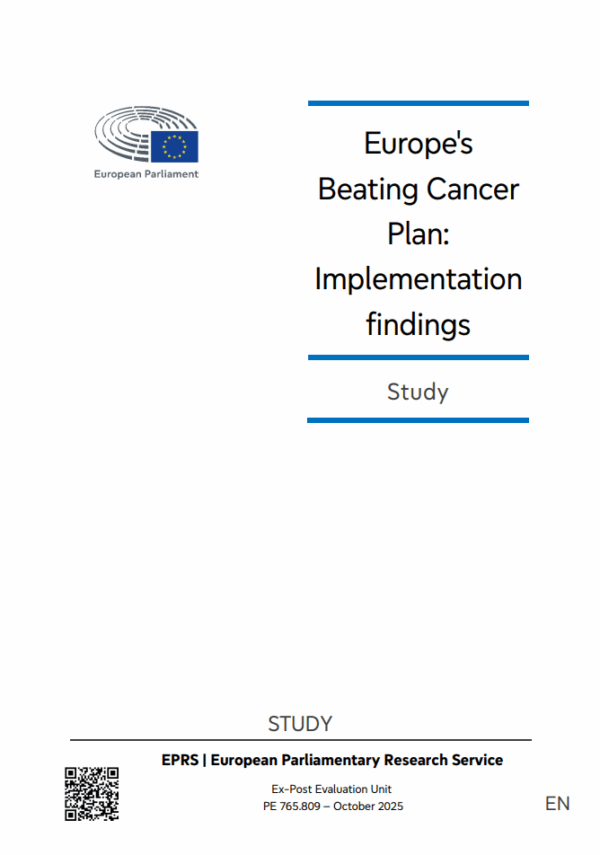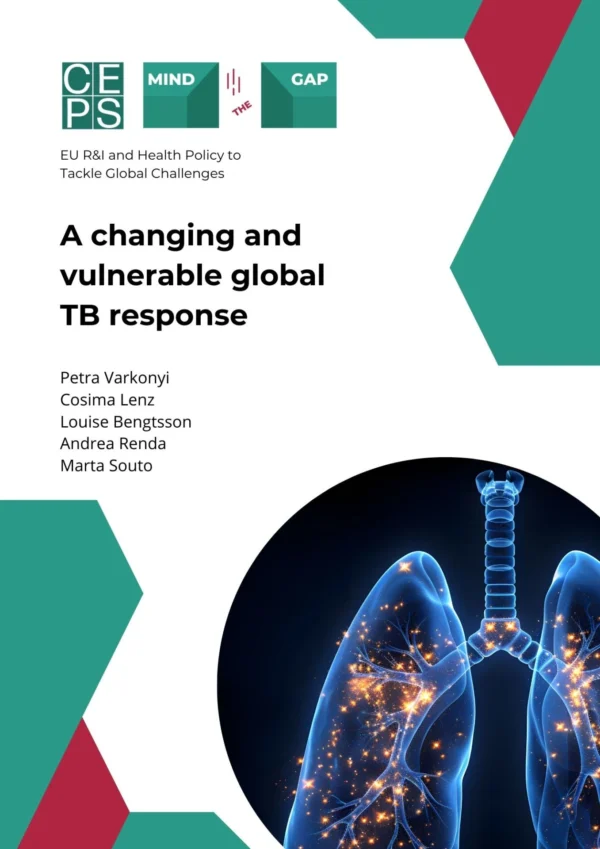As Europe scales up its ambition to lead in AI, understanding the structure of AI labour markets becomes essential. This study offers a comparative mapping of AI job vacancies and AI talent across European countries, using a novel three-tiered classification system that distinguishes between AI literacy (Tier 0), software and data proficiency (Tier 1), and advanced AI research and engineering (Tier 2). This approach recognises that skills are not isolated units but form-nested hierarchies and that actionable workforce policy must target coherent skill bundles rather than individual skills.
Drawing on online job vacancy data from Lightcast and workforce profile data from Revelio Labs, the study quantifies AI demand and supply across 31 countries, revealing both surpluses and shortages at different proficiency levels. Tier 1 talent dominates both demand and supply, while talent shortages are most visible at the foundational (Tier 0) and advanced (Tier 2) levels. These patterns vary significantly across countries, reflecting diverse national strategies, migration flows and educational capacities. In many countries, the supply of qualified talent per vacancy is limited – especially at the high and low ends of the proficiency spectrum – indicating tight labour markets for both AI engineering and AI literacy.
The findings call for geographically differentiated and proficiency-sensitive AI skills strategies. Rather than assuming a linear pipeline from AI novice to AI expert, upskilling efforts should focus on horizontally integrating AI capabilities within existing roles. A structured, level-based understanding of AI skills can guide the implementation of key EU initiatives – from the AI Continent Action Plan to the Union of Skills strategy – by providing a clearer picture of where, and at what depth, AI skills are most needed.










